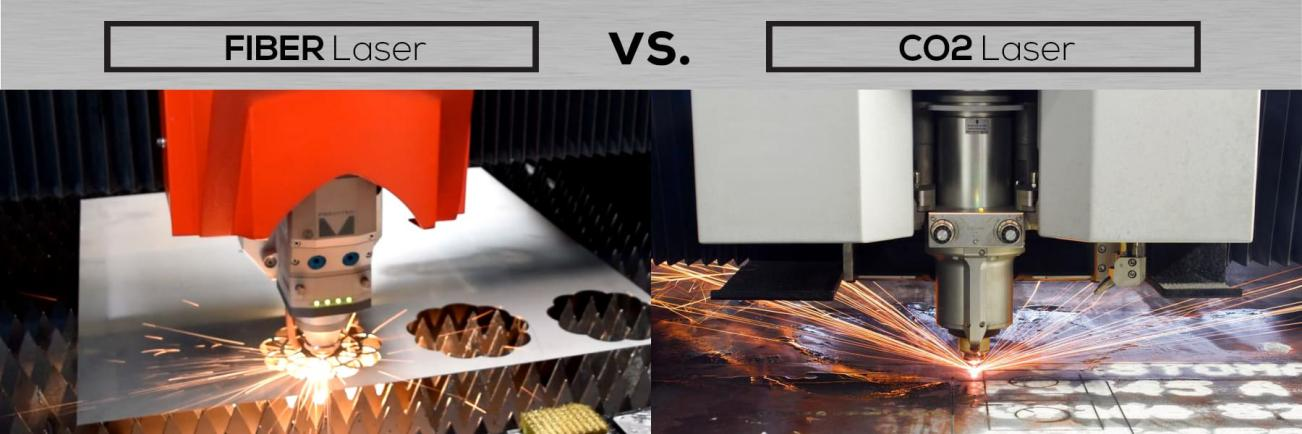
- English
- Español
- Português
- русский
- Français
- 日本語
- Deutsch
- tiếng Việt
- Italiano
- Nederlands
- ภาษาไทย
- Polski
- 한국어
- Svenska
- magyar
- Malay
- বাংলা ভাষার
- Dansk
- Suomi
- हिन्दी
- Pilipino
- Türkçe
- Gaeilge
- العربية
- Indonesia
- Norsk
- تمل
- český
- ελληνικά
- український
- Javanese
- فارسی
- தமிழ்
- తెలుగు
- नेपाली
- Burmese
- български
- ລາວ
- Latine
- Қазақша
- Euskal
- Azərbaycan
- Slovenský jazyk
- Македонски
- Lietuvos
- Eesti Keel
- Română
- Slovenski
- मराठी
- Srpski језик
What is the difference between a CO2 laser cutting machine and a fiber laser cutting machine?
2023-03-30
The main difference between a CO2 laser cutting machine and a fiber laser cutting machine is the mechanism they use to generate and focus the laser light. They also operate at different wavelengths and are suitable for different materials. This makes a practical difference in terms of efficiency and suitability for specific tasks.

Mechanisms and media
CO2 and fiber laser cutting machines use different mechanisms to cut materials. CO2 lasers use gases such as carbon dioxide, nitrogen and helium, and sometimes xenon or hydrogen. The machine mixes and excites these gases to produce the laser.
Fiber lasers use elements such as erbium, ytterbium, neodymium or dysprosium. Mixing these elements together produces a crystalline solid that acts as a fiber and is guided to the cutting head of the machine by a transmission fiber.
Wavelength
Fiber laser cutters and CO2 laser cutters also operate using different wavelengths. The laser produced by a fiber laser machine has a shorter wavelength than that of a CO2 machine. This gives the fiber laser a greater absorption capacity, which increases the overall cutting speed and cut quality.
Material and thickness suitability
Another major difference between the two types of laser cutting machines is the material they work with. Fiber laser cutting is perfectly suited to sheet metal cutting, which is vital for many companies. CO2 laser machines work much more effectively on thicker sheet cutting.
Efficiency and output
As fiber lasers can produce cutting laser light faster and more efficiently and can cut thicker materials, they are economically beneficial for high volume producers. CO2 lasers also require a warm-up time of around ten minutes to operate well, which reduces efficiency and throughput.



